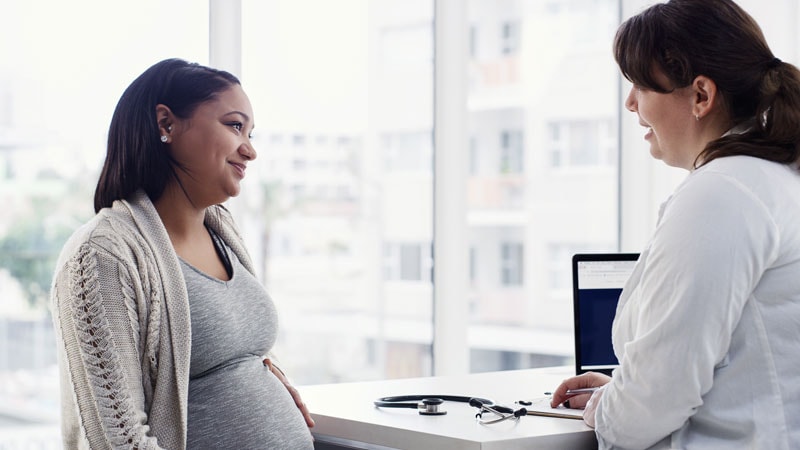TOPLINE:
Assisted reproductive technology (ART) pregnancies show higher exposure to potentially harmful category D medicines than other conception methods, with 4.9% exposure in the first trimester vs 2.0% for ovulation induction (OI) and 0.6% for fertile pregnancies.
METHODOLOGY:
- Researchers analyzed data from 57,681 live births and stillbirths in Western Australia with conception dates between July 1, 2012, and births before December 31, 2014.
- The analysis included four conception groups: ART (n = 2041), OI (n = 590), subfertile untreated (n = 2063), and fertile naturally conceiving (n = 52,987).
- Data sources encompassed the Western Australian Midwives Notification System, Hospital Morbidity Data System, Registrar General’s file of births, Reproductive Technology Register, and Pharmaceutical Benefits Scheme claims.
- Investigators calculated exposure to Therapeutic Goods Association category D/X medicines across conception groups for the first trimester and second/third trimesters.
TAKEAWAY:
- The overall prevalence of exposure to category D/X medicines was 7.7% in the year before pregnancy, 0.8% in the first trimester, and 0.7% in the second and third trimesters.
- Category X medicine exposure remained below 0.5% for all conception groups and trimesters.
- First trimester exposure to category D medicines was highest in ART pregnancies at 4.9%, followed by OI at 2.0%, subfertile at 1.3%, and fertile pregnancies at 0.6%.
- Later trimester exposure to category D medicines showed similar patterns with ART at 3.4%, OI at 1.4%, subfertile at 0.9%, and fertile pregnancies at 0.6%.
IN PRACTICE:
“The overall prevalence of exposure to teratogenic medicines is low; however, exposure was greatest in pregnancies arising from ART and may be a modest contributing factor to the higher rate of birth defects observed among ART babies,” the authors of the study wrote.
SOURCE:
This study was led by Anna Kemp-Casey, Quality Use of Medicines and Pharmacy Research Centre, University of South Australia in Adelaide, Australia. It was published online in the Australian and New Zealand Journal of Obstetrics and Gynaecology.
LIMITATIONS:
This study did not include miscarriages or terminations before 20 weeks gestational age, which may have led to an underestimation of early-pregnancy exposure to teratogenic medicines. The researchers noted incomplete data capture for follitropin alfa accessed through the Section 100 in vitro fertilization program during the study period, primarily affecting the ART group. Additionally, exposure determination based on dispensing dates may overestimate actual medication use, as it cannot confirm whether dispensed medicines were actually taken.
DISCLOSURES:
Roger Hart disclosed receiving educational sponsorship from MSD, Merck Serono, Origio, Igenomix, and Ferring Pharmaceuticals. He is also the medical director of Fertility Specialists of Western Australia and the national medical director of City Fertility Clinic and a shareholder in CHA SMG. John Yovich reported being the medical director and a shareholder in PIVET Medical Centre, which was recently acquired by Monash IVF in 2023. The other authors reported no competing interests.
This article was created using several editorial tools, including AI, as part of the process. Human editors reviewed this content before publication.
Source link : https://www.medscape.com/viewarticle/assisted-reproductive-technology-linked-greater-teratogenic-2025a100011v?src=rss
Author :
Publish date : 2025-01-16 10:31:35
Copyright for syndicated content belongs to the linked Source.
